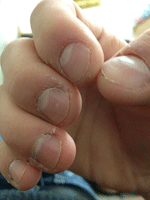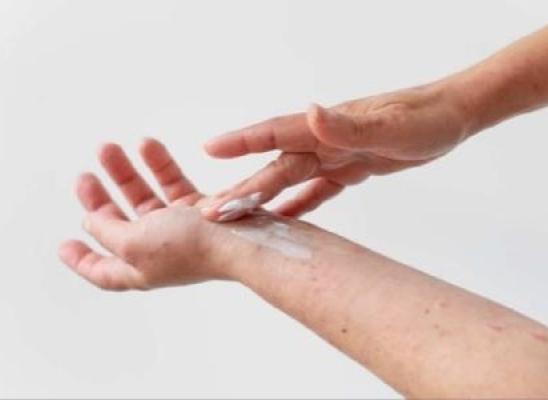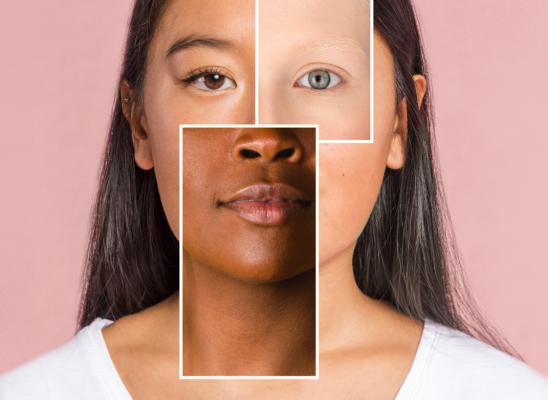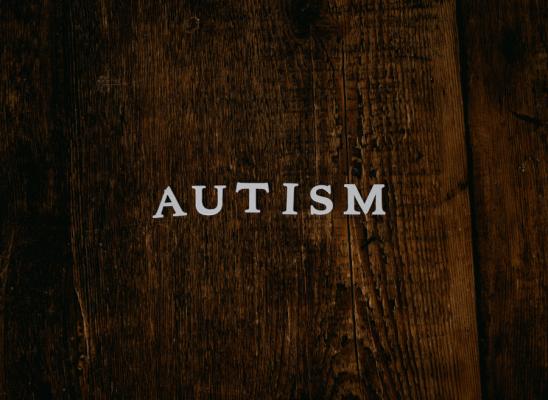Onychophagia (Compulsive Nail Biting) - An Overview
Online test
Find out the severity of your symptoms with this free online test
What is Onychophagia
Onychophagia is a behavioral disorder characterized by compulsive nail biting. It is categorized with other disorders such as skin picking disorder (aka dermatillomania or excoriation disorder) and hair pulling disorder (trichotillomania) under the umbrella term body-focused repetitive behaviors (BFRB). These are compulsive habits that are automatic in nature and in its mildest forms are not perceived as socially unacceptable and therefore often not recognized by the individual as a clinical problem. Of the BFRBs, compulsive nail biting is the most socially accepted habits, viewed as simply a ‘nervous habit’. It is also commonly occurring in childhood with frequency tending to decrease by adulthood. However, the behaviour is known to intensify or persist through adulthood, and the severity of onychophagia can range from a very mild presentation to behaviours that are so severe that physiological complications occur.
Online Test for Skin Picking
How Severe is Your Picking Disorder? Find Out With This Free Online Test
Take the testCauses and complications
Onychophagia, as with other BFRBs are believed to be caused by feelings of anxiety and the individual’s inability to cope with these feelings in an effective way. The act of nail biting is believed to serve two functions:
1. Self-soothing: during times of stress, tiredness, or intense emotion, the human brain experiences sensory overload. Self-soothing is a mechanism human beings use to cope with these overwhelming sensory processes. However, sometimes people adopt unhealthy self-soothing behaviours such as nail biting. The act of nail biting provides immediate relief to the person, but it is short-term causing the individual to seek out its soothing effects more often resulting in the behaviour becoming repetitive and compulsive.
2. Stimulation: In contrast, human beings also crave healthy stimulation of the sensory processes. When the sensory pathways are under stimulated through, for example, inactivity or boredom, BFRBs such as nail biting provides the necessary stimulation. However, nail biting is a destructive habit which can lead to a number of different physiological complications. If one considers the amount of germs the human hand comes into contact with throughout the day, nail biters are vulnerable to infections such as gastroenteritis and the spread of viral infections such as the Herpes. In other cases the nail biter may bite so close to the cuticle causing the cuticles to bleed and abscess to develop at the nail site.
Treatment of Onychophagia
There are two levels of treatment. On the one level one can treat the symptom of the disorder by taking measures to stop or guard against the actual act of nail biting. On another level one can try to address the underlying cause of the nail biting behaviour. A combined treatment approach is probably the most effective in achieving habit reversal. Treatment methods include:
Bitter varnish: bitter varnish made with a natural extract and is therefore harmless if ingested can be applied to the nails. This may deter the person from biting at the nails or reduce the severity of the problem
Manicures: beautifully manicured nails may offer the nail biter a visual reminder of the habit as nail biting is often an automatic response
Acrylic nails: the nail biter may not achieve the same stimuli from biting nails that are not their own so this may also reduce or deter the habit
Self-monitoring: This method can be employed as a physical deterrent as well as a psychological one. This method requires the nail biter to keep a log of their nail biting behaviour. Bringing the automatic habit into the conscious mind may interrupt the habit thereby reducing the habit. On a psychological level the individual may be encouraged to use the log to identify patterns in behaviour to identify what the stressors are that elicits the behaviour. This can then be linked with more intensive cognitive-behavioural therapy
Stimulus control: this method is used in conjunction with self-monitoring as it requires the person to identify triggers to the behaviour and to be aware of these triggers in their daily functioning. The person is then encouraged to develop alternate, less destructive coping mechanisms
Competing Response: the principle behind this method is to identify a competing habitual behaviour that provides a competing stimulus to biting the nails. These preferably should preoccupy the hands and/or the mouth e.g. chewing gum
Cognitive-behavioural therapy: CBT is a more intensive approach that addresses the underlying causes of the behaviour. The individual is made aware of how their thoughts impact on their behaviours, and how negative behaviours further reinforce negative thinking patterns. The individual is encouraged to adapt their thinking patterns and to adopt healthy coping and stress relieving behaviours. This method is used in conjunction with self-monitoring, stimulus control and competing response.
Pharmocological: When the underlying cause is primarily due to high levels of anxiety, it may be appropriate to treat the anxiety with anti-anxiety medications. These may be prescription medication or natural or homeopathic remedies to relieve stress and anxiety.
Prognosis
Onychophagia may not be perceived as a problem when the behaviours do not interfere with daily functioning. However the nature of the condition, being a body-focused repetitive behaviour is that the longer the habit is left untreated the stronger the habitual response becomes. This is particularly a risk when underlying causes of anxiety or stress are elevated in the person’s life. When the nail biting habit becomes so severe that it impedes functions like driving, typing, writing, cooking, or poses a physiological risk to the person due to some of the complications noted earlier, it has also reached a habitual level that is harder to break and therefore harder to treat.
Habit reversal training is best addressed when the automatic response is still weak. The principle behind habit reversal is the belief that the less the behaviour is enacted, the weaker the habitual response becomes, thereby eliminating the destructive habit completely. It is also vital that the nail biter has good social support and does not try to address the condition alone. Aside from family and friends, online support groups and websites can be a great source of support, information and motivation.
Online test
Find out the severity of your symptoms with this free online test
Start your journey with SkinPick
Take control of your life and find freedom from skin picking through professional therapy and evidence-based behavioral techniques.
Start Now



